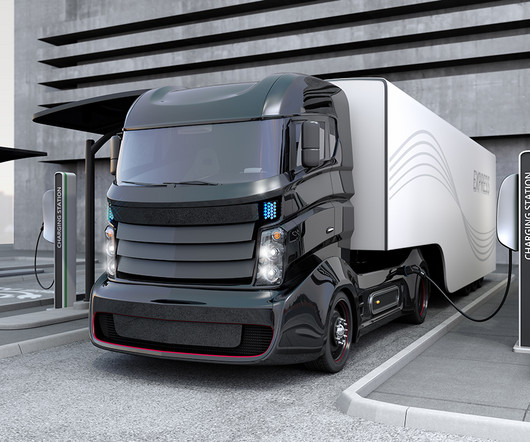PG&E and Ford collaborate on bidirectional electric vehicle charging technology in customers’ homes
Green Car Congress
MARCH 11, 2022
Additionally, PG&E expects to learn more about the overall customer experience to help inform future collaborations as this emerging technology becomes more readily available. Today, we are seeing breakthrough opportunities at the intersection of the energy and transportation industries. —PG&E Corporation CEO Patti Poppe.












Let's personalize your content